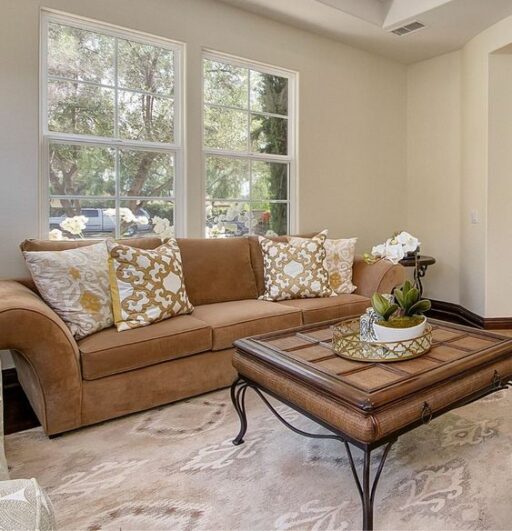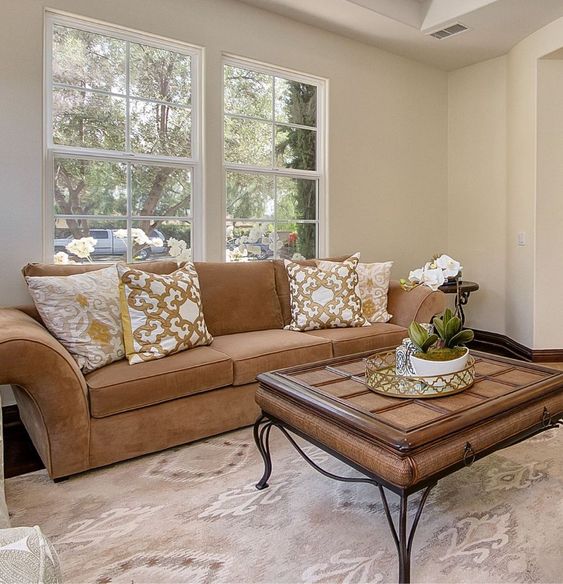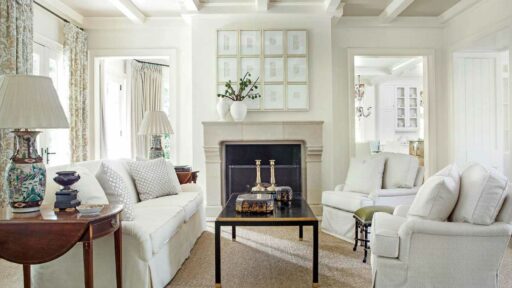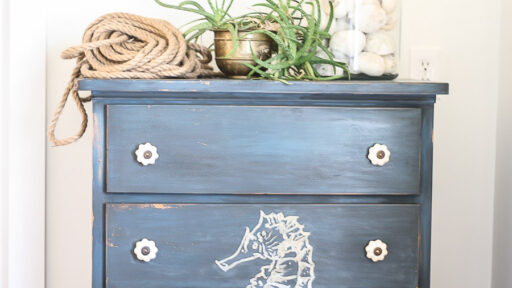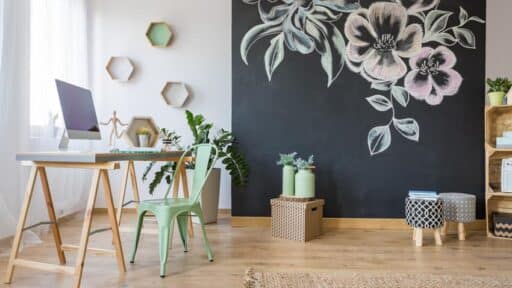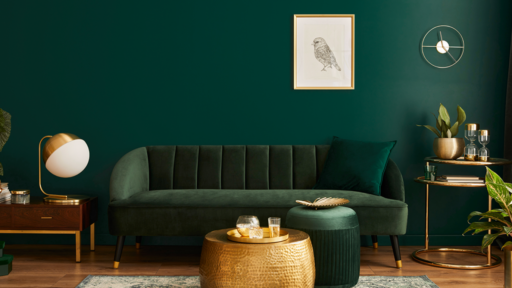Tan vs. beige is a topic that always has many controversies in addressing it. Do you know something? Both the colors, Tan and beige, are derived from different hues. It is not a tough job to understand the difference, even though these two colors are soft tones from the brown base.
The beige looks slightly more neutral and polished than the tan. Meanwhile, the tan is a warm and darker tone with a deeper shade. The terms often get confused with many people, as they may look the same in many people’s view. They may see these colors with the same bland design to be synonymous with each other.
The beautiful contrast created with these colors indoors can make a soft and inviting space, particularly when contrasted with the cream, white, black, or metallic shades of greens and blues.
Before choosing this color for your house, either for a furniture or wall color, know the difference between them. Getting a top-to-bottom detailed view of the Tan Vs.
Beige from this article will help you choose the exact shade you have been searching for!
Are Beige and Tan The Same Color?
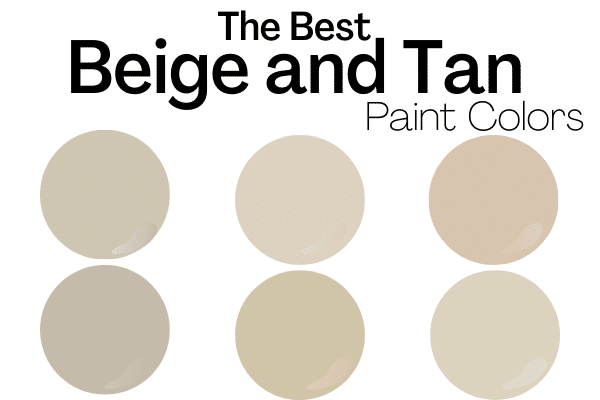
Sometimes, beige and tan can be the same color in the language of many minds. But it is Not! The beige and tan are two different colors from different undertones. The base is the same for both colors. Yes, and the brown is the base for both tan and beige.
Do You Know What Makes the Difference?
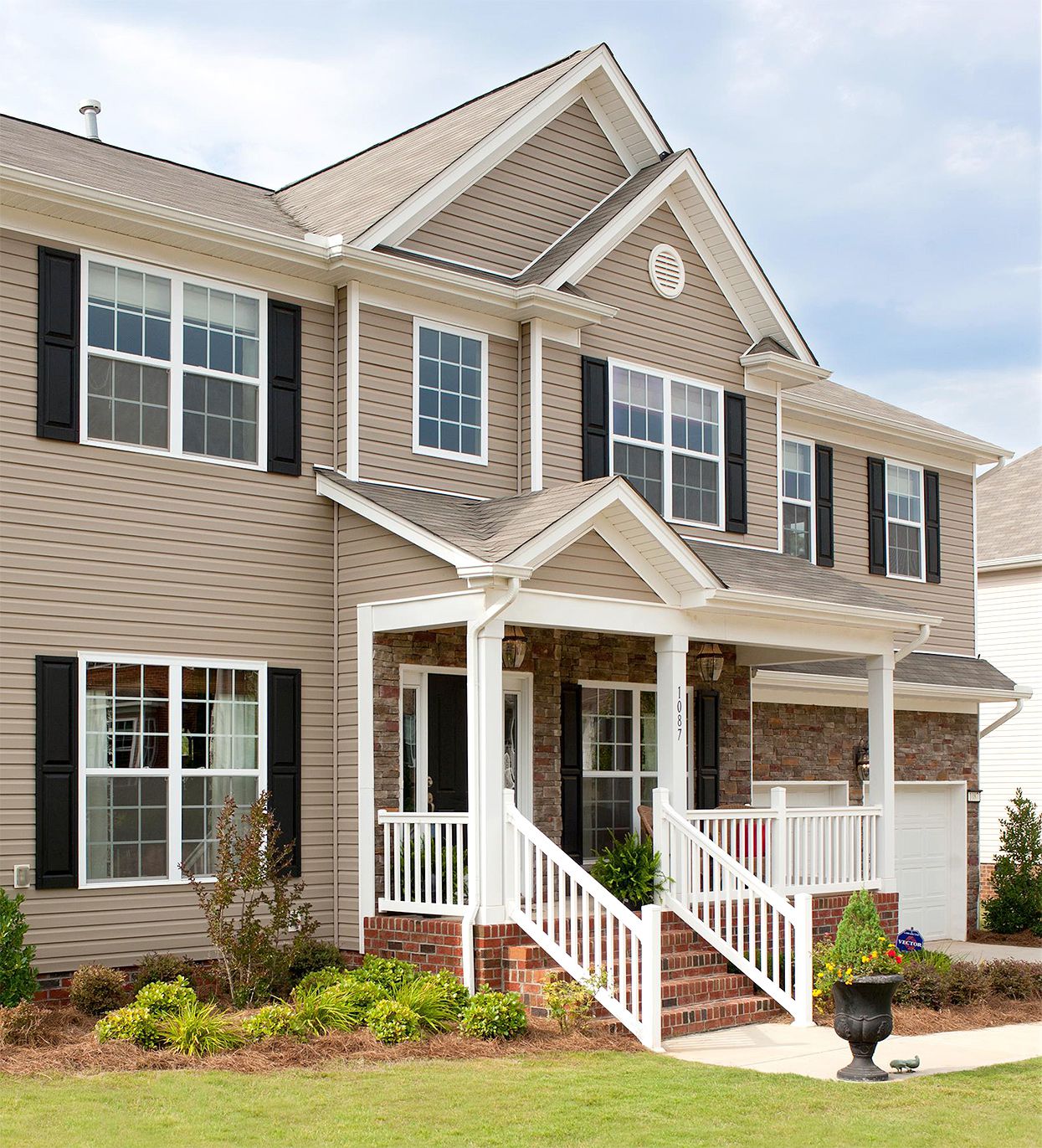
While talking about tan Vs. beige, the first you need to know is the difference between them. The difference starts with the undertone. When the base color, brown, gets an undertone of yellow, the color is mentioned as tan. When the base color gets the undertone of orange, then it is mentioned as beige. In other words, beige is usually the lighter color, and tan is the darker one.
Common usage of the beige color is in the fashion designer’s palette and the tan in the home decor areas. Both the colors are from the same one, basically, but the shades are the difference you can see depending upon the color added to it. Both may seem like a lighter shade, but the tan takes over the depth with the reddish or golden shade.
Let’s Know The Color
To understand the difference and before comparing the two colors, let us explore some details of the tan Vs. beigeseparately.
Beige
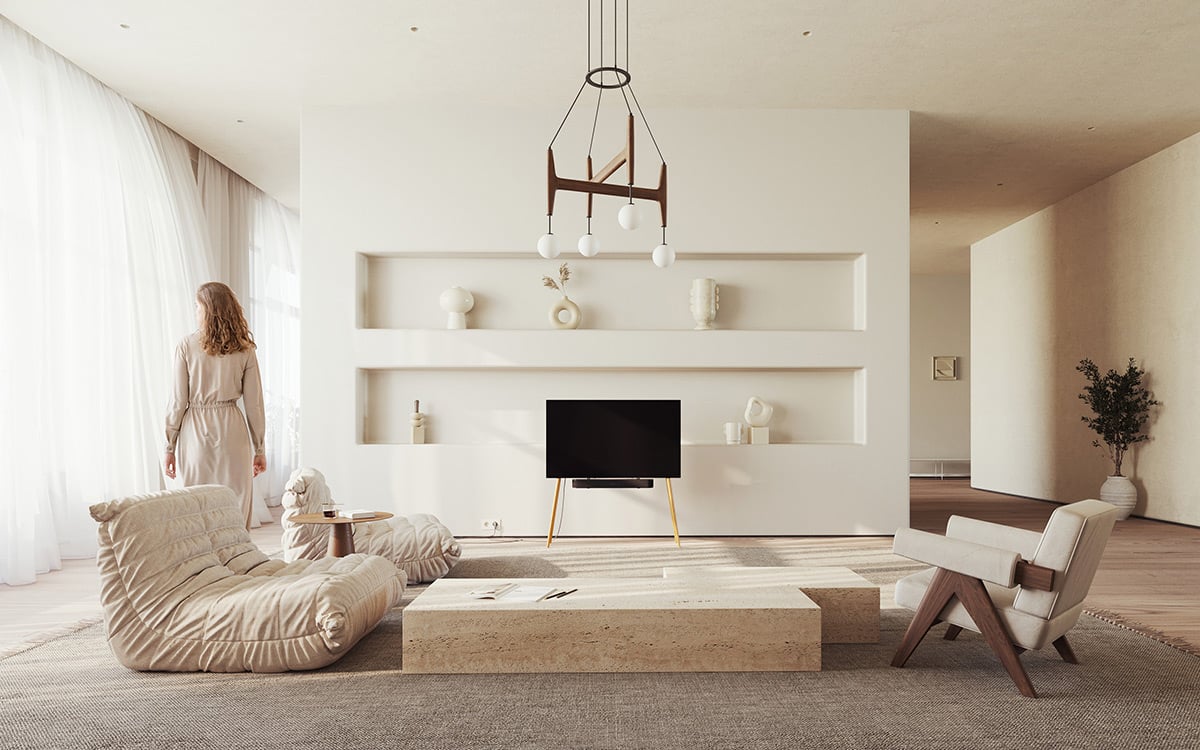
Beige has various ways of explaining the Color. Some may say it’s grayish brown, light brown. It sounds like ivory, right? That’s the reason many are getting confused in addressing the beige. Beige is the beautiful neutral color from the palate to accommodate many other shades and colors. The word beige is from the French, meaning “unbleached wool. “This versatile color has a gorgeous combination with several colors from the palate.
For a classic and professional look, you can choose the beige without any second thought. Let it be an outfit or a home decor. It’s classy! Look for the combinations of its undertone that will match perfectly for your beige.
This neutral beige is a great option for both interior and exterior. The reason behind calling this color a light gray or grayish-yellow is this color is thought to be settled between white and cream.
Tan
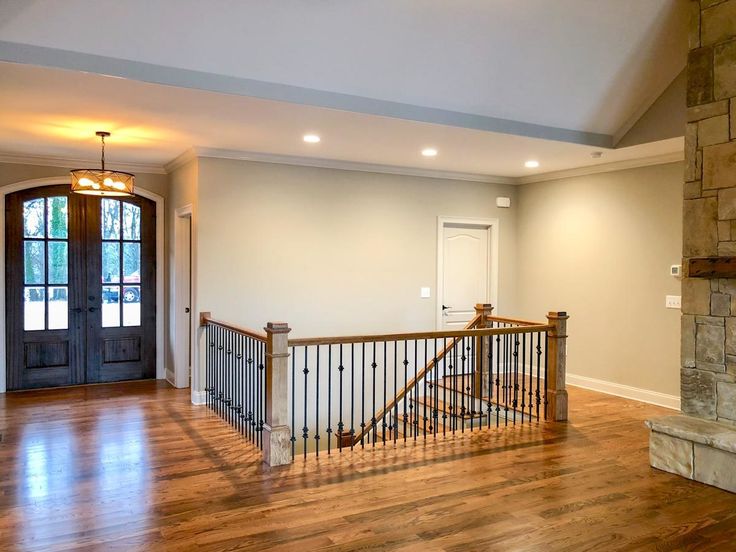
Tan is also derived from the brown color, which can be described as sand color or nude shade of light brown. The main part to say here is, this color does not have any gray tone in it. This pale brown has a more yellowish-orange tone in its shade compared to the beige.
If you give it deeper, it appears as saddle brown, and if you give it lighter, it has a sandy hue or peach shade. This color is the shade of a human’s exposed skin. The word tan is from the Greek. It refers to the changing of color in animal skin to a leather shade when it is exposed to the sun.
This earthy color is a color for confidence and sophistication. Go for the tan for your interiors to achieve a sophisticated, calm effect.
Why Do We Think Tan and Beige are the Same?
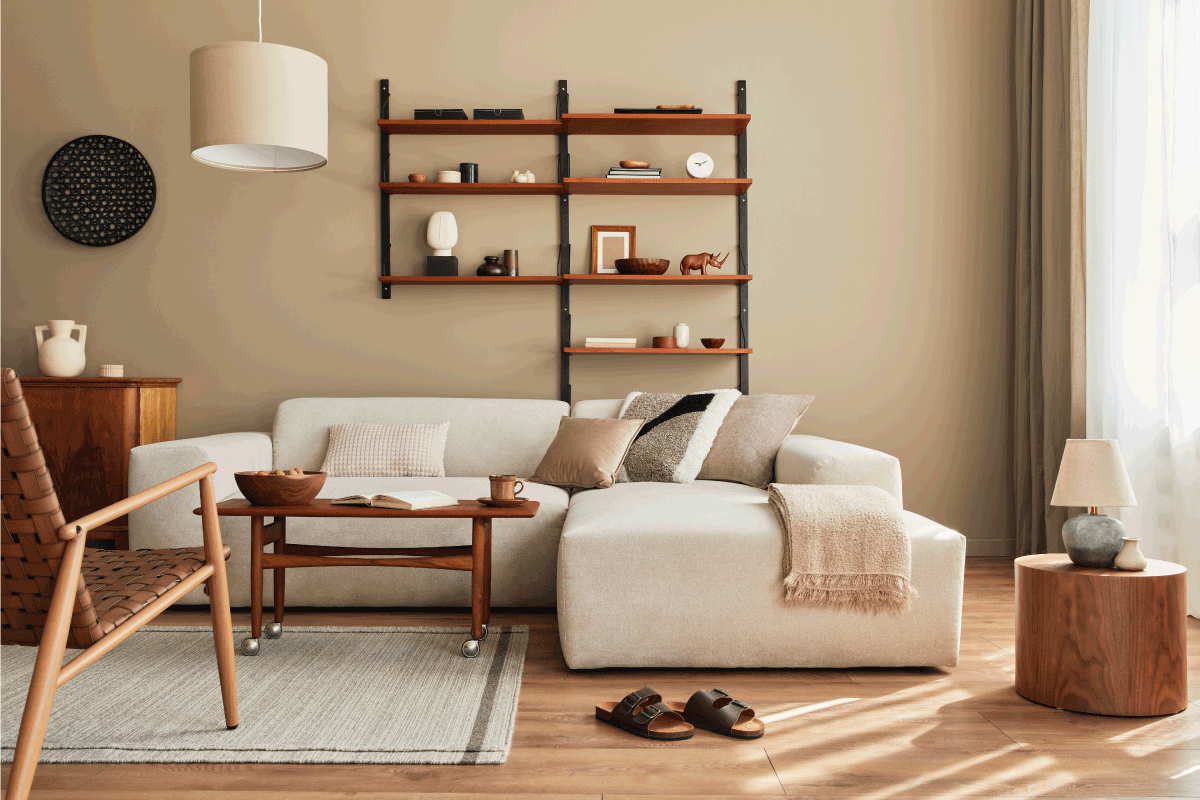
There might be a reason for this misjudgment. Without any clues, not everyone will take it as the same, right? Yes, there is a reason for sharing the same base color, brown. There may be different undertones to give different shades to the beige or the tan, but the predominant color in these colors is common to them.
One more similarity is both the colors are neutrals, even though the beige takes the extreme neutral while compared to the tan. You can easily pair them with a wide variety of colors.
Another similarity is that both are described in an earthy tone as they both share a hint of red in different degrees while presented in a chart.
Tan vs. Beige, the Cool or Warm Color
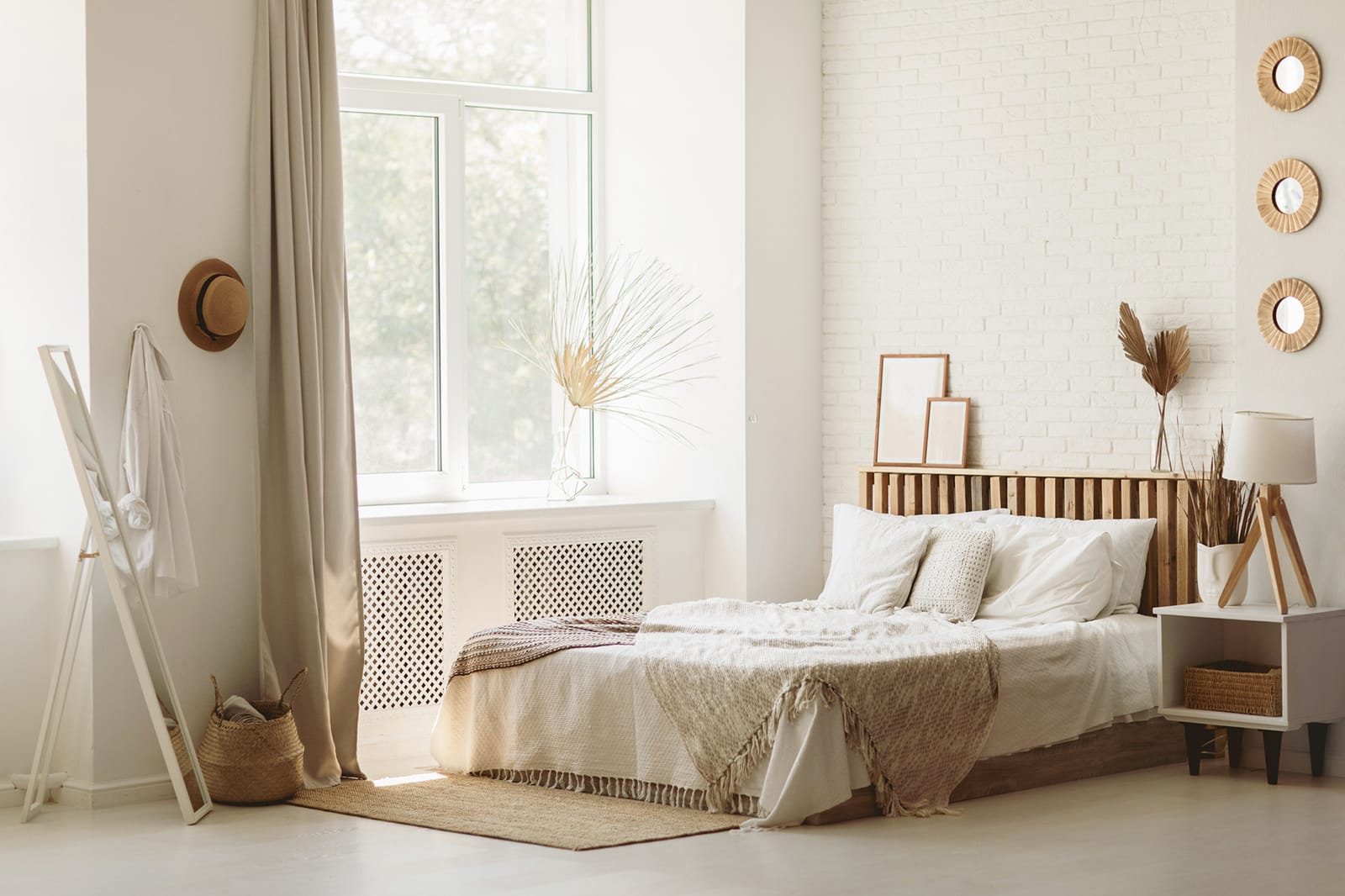
Beige, the color with more gray, has warmth in it. The undertones such as orange and red, make it bright and shiny with neutral. The warm tone of beige can bring a warm, energetic environment when this color is used in home decor. The beige is usually paired with warm colors to create warmth and liveliness, yet it may get paired with cool blue and greens to create a cool tone sometimes.
Technically, the tan is a combination of the brown and cool white shades. So, it shares both of them; either it can be cool or warm depending upon the combination used to create it. To create a cool balance, you can pair this with black, white, or gray. The sophisticated cool effect has a soothing effect when used for the bedroom or a relaxing room, which is more personal and needs more attention to decorate.
To create warmth, you can pair the tan with red or orange, but the cool tan is the most preferred by many people.
Color Theory
The color theory for this tan Vs. beige discussion started with the colors getting combined well with both tan and beige.
Accent Color for Beige
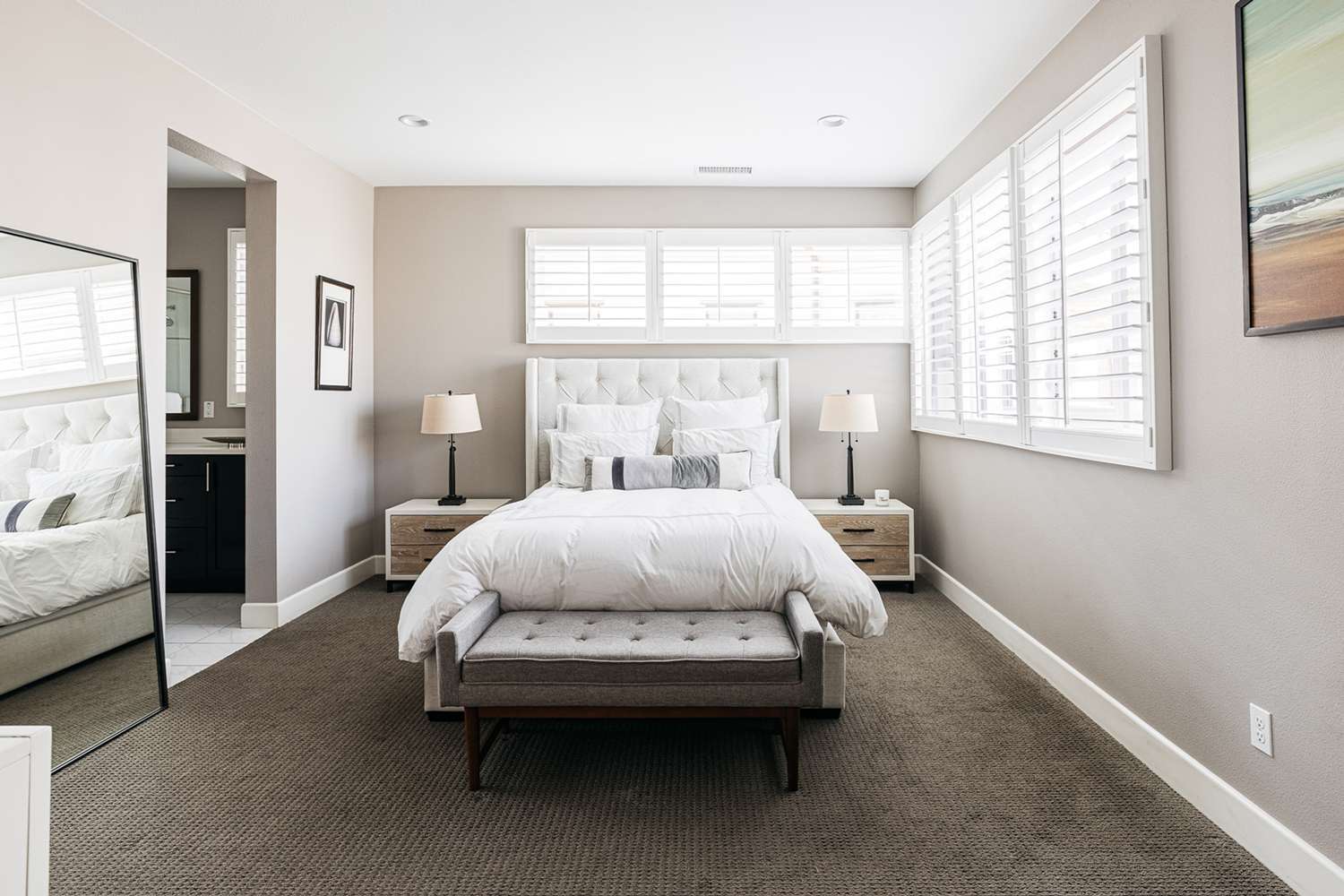
Beige, you can call this pale gray. This color is somewhere between white and cream to add more warmth. The original colors like white, cream, or gray can go great with this neutral shade. In contrast, you can combine yellow and pink to give a personalized click. Common colors used to create warmth other than this are red curtains, black sheets, and orange rugs.
Accent Color for Tan
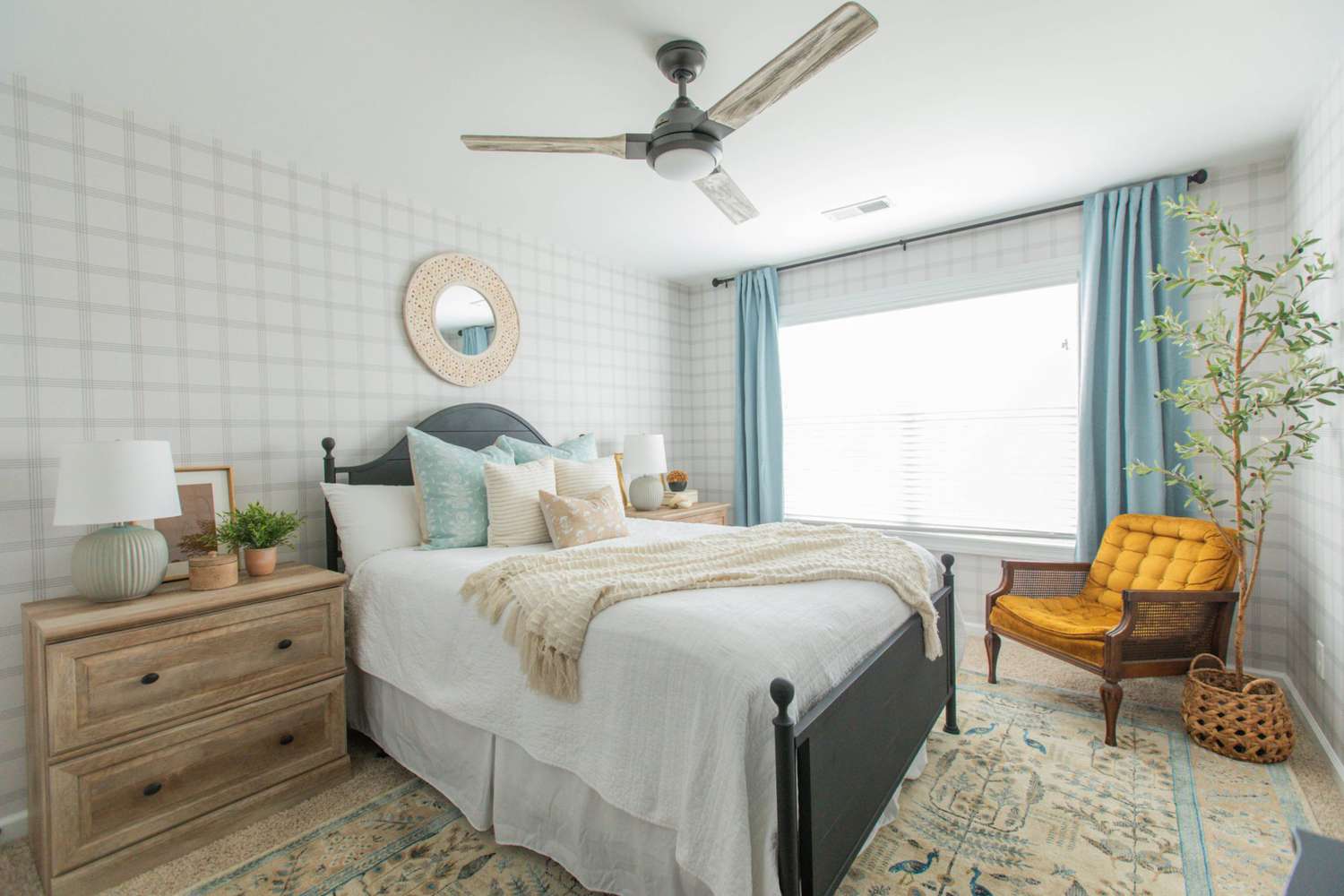
Giving the accent color to compliment the tan depends upon the mood you want to create in the room. For a bold and bright room atmosphere, combine it with deep and bright shades of red, orange, or yellow. To create a cool tone with a more subtle look, combine colors like light pink bed sheets, pale blue screens, or green rugs. You can pick the natural base color, the brown, to give a more rustic look. Navy blue lavender can also make a successful pairing with the tan.
Color that Creates the Beige
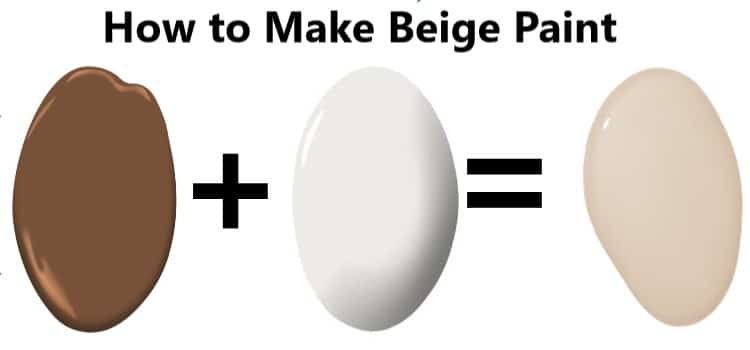
Technically, this lighter shade of brown, the beige, can be created by mixing the white and the brown. To speak particularly, you need to add the brown into the white to create the exact beige, not the other way in the round. You need to do the adding in a gradual process until you get the desired shade of beige.
Another way of combination to create the beige is by mixing yellow, gray, and white. For the best shade, mix all the colors continuously until your desired color shows. From an artistic point of view, sometimes mixing light shades of either blue or red can be a successful option.
Color that Creates the Tan
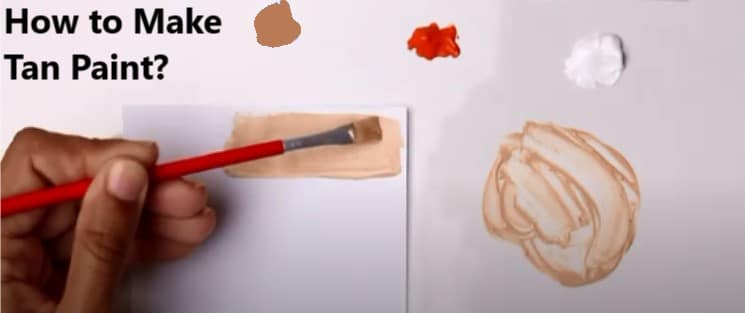
Mixing the yellow and brown will create a tan shade. For this, add the yellow in minimal drops to the brown until you get the desired shade of tan.
Alternatively, the white can be added to the mixture of brown and yellow to create the best shade of tan you want to create. Here the red can replace the white in some instances for getting a deeper and darker shade of tan.
Qualification for Beige
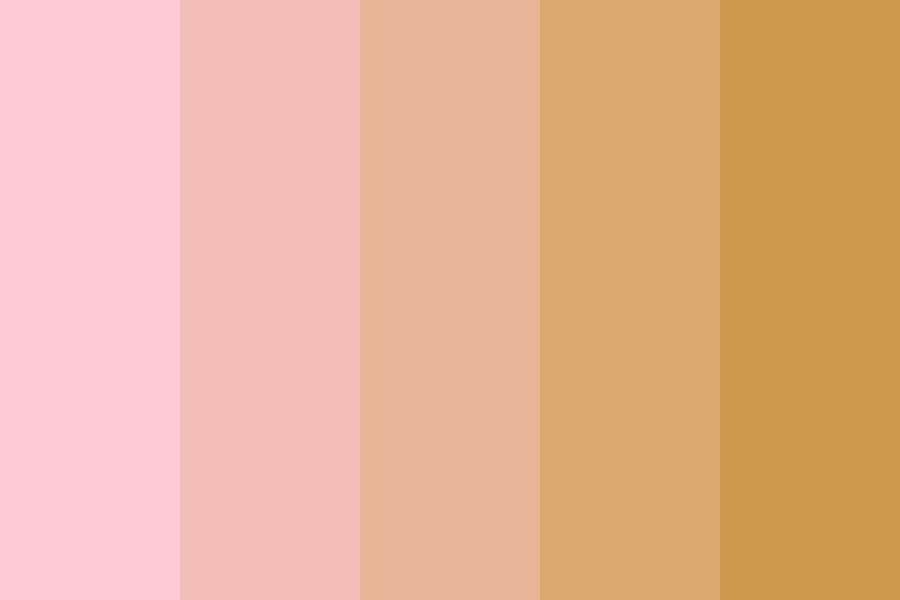
Are there any qualification criteria to be the beige? Yes! You might think this may be a bit relatable. Now, let us look further at the color; the beige has a beautiful undertone of orange in it. It will be present in the beige either in a primary undertone or a secondary undertone. One thing is for sure. If the beige does not have the orange as an undertone, then that is definitely not a beige. You can get confused with the understanding of undertones. Sometimes, these undertones might have a hue of undertone in them. It’s nothing to do with us here. If you have an orange shade in the undertone, then it will create beige. The commonly used undertones for creating the beige are
- Orange and yellow: Here, the orange is the main undertone, while the yellow is more subtle. The combination of these colors, the green may appear a few times.
- Pink and orange: Here, the pink is the main undertone, and the orange is the secondary undertone.
- Orange and pink: Here, the orange is the main undertone, and the pink is subtly used for any indoor decor.
Qualification for Tan
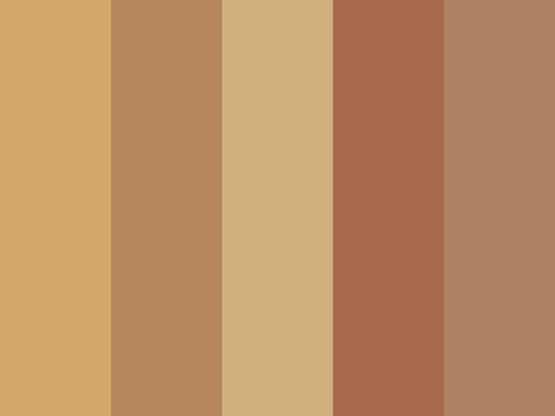
Tan has only an undertone of yellow as the main undertone. The clear statement to explain the tan is that if there is no yellow undertone, it definitely is not a tan shade. Like the beige, this might also have a main undertone with a secondary undertone. The common undertones of tan are,
- Yellow and Green: Here, the main undertone of yellow is the dominant, and green should not exceed yellow.
- Yellow and Orange: Yellow undertones should be more dominant to create a tan. If orange takes charge, it won’t be a tan and will become beige.
The Significant Features of Tan and Beige
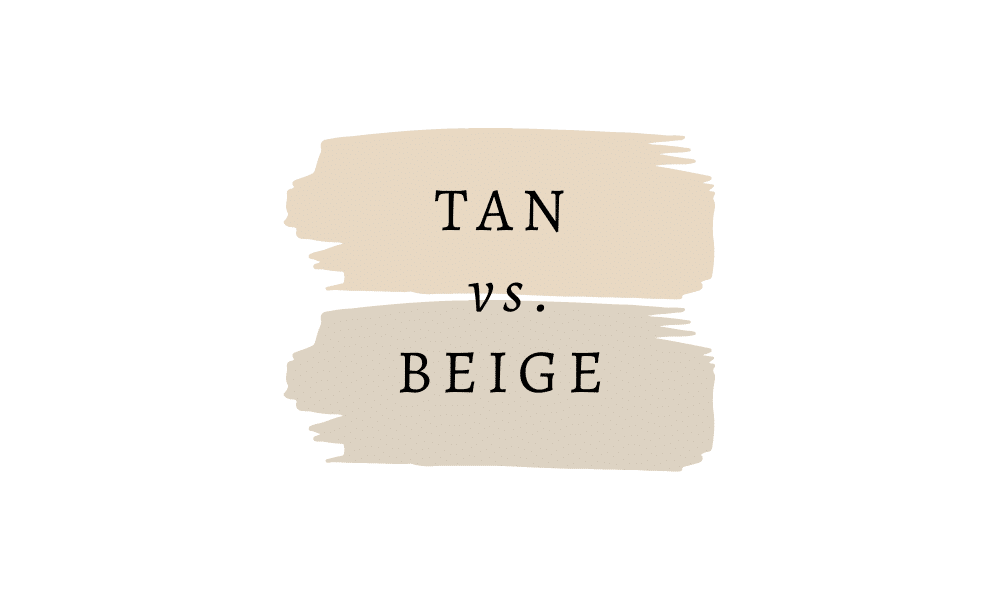
The significant features to discuss with the tan Vs. beige is equally important, like the shades and tone you use. The name beige is created from the French word meaning wool, which has a natural cream color. When the Beige was first derived by the artists, it was used to design the home because of its healing and soothing effects. This color symbolizes the warmth, simplicity, and strength of comfort.
In Eastern culture, beige symbolizes the mourn or sorrow, as the gray color is worn on the day to mourn their culture. In Chinese, the beige is dedicated to the earth. This is the shade of modern aesthetics for any working space for professionalism. Even the beige outfit is chosen to show the branding with more professionalism.
The earthy undertone in the tan gives stability and security along with a sense of trustworthiness, reliability, and dependability.
In Western countries, the color tan depicts the moody nature of a person. Also, the humility and calm feel. In the eyes of fashion, tan is the color of simplicity and elegance in any outfit styling.
Concluding The Comparison!
Tan Vs. beige, the most commonly doubted two shades in a single page for your clear understanding. The tan and beige are both neutrals in different depths to give you the meaning of a warm and sophisticated look.
If you want to put it in a simple way, they both are different shades of brown. But the undertones of the brown are not the same as you can see.
Understanding the creation of these neutral colors and ways to give appropriate accents are the best ways to compare them.
Which of these neutrals is your favorite shade? Hope you can now explain your warm and comfortable beige to your interior designer to easily distinguish and differentiate from the tan, which is more of an earthy tone.
Knowing the undertones used to create the specific shade of beige or tan can explain the exact attitude you might be looking for. Orange and yellow, the bright and beautiful colors, can change the total concept of these comfortable neutral shades.
But the warmth and secured stability the tan and beige can give is more professional to the house, either a modern or a classical interior work.
Give your input in the comments to give us your idea of using these two different yet same neutrals!

